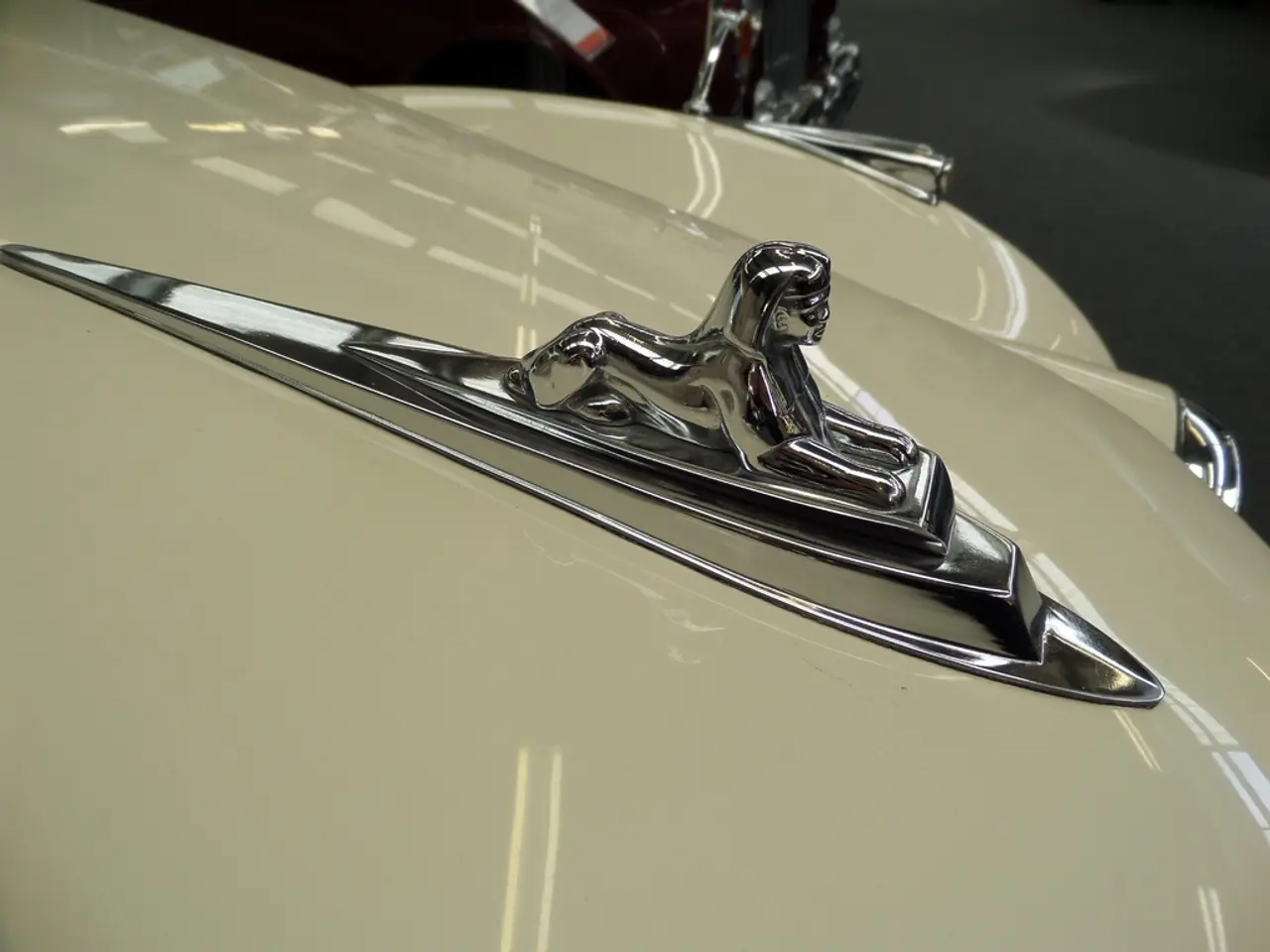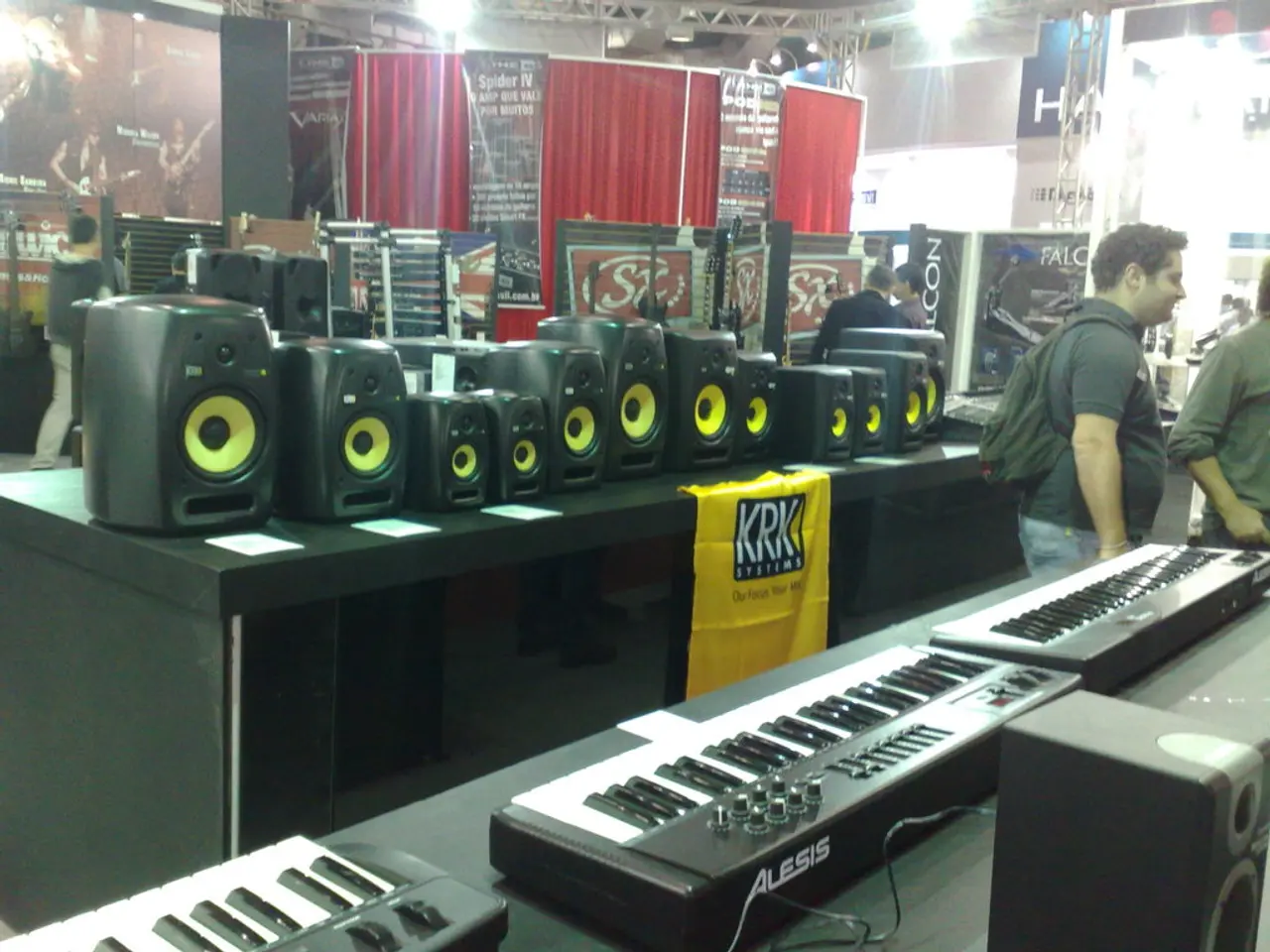Lunar Voyager Advancing Lunar Research and Enhancing Terrestrial Mobility
In a groundbreaking collaboration, Toyota and Japan Aerospace Exploration Agency (JAXA) are developing the Lunar Cruiser, a manned pressurized rover designed for extended missions on the Moon's surface. This ambitious project, nicknamed as such within Toyota, is a significant step forward in advancing autonomous driving and Regenerative Fuel Cell (RFC) technology for both lunar and terrestrial uses.
The Lunar Cruiser aims to operate across diverse and challenging lunar terrains, requiring sophisticated mobility systems. To achieve this, Toyota is integrating its expertise in CASE (Connected, Autonomous, Shared, and Electric) technologies into the rover. This includes autonomous navigation support to assist astronauts, potentially reducing the need for constant human control in hazardous environments.
The rover is powered by hydrogen fuel cells, providing high endurance and reliability for prolonged lunar surface missions. The RFC system allows for clean energy generation by converting hydrogen into electricity and water, crucial for life support and rover operation in the closed lunar environment. This hydrogen fuel cell technology is also a direct spin-off to terrestrial applications, as Toyota is advancing hydrogen engines and fuel cell technology in its automotive and commercial vehicle sectors.
The Lunar Cruiser's first core technology is independent tire control for off-road driving, allowing for maneuverability around obstacles and adjustable tire speeds for smooth driving on the moon's surface. The development also involves autonomous off-road driving, user experience (liveability, etc.), and Regenerative Fuel Cell (RFC) technologies.
Hirofumi Inoue, President of the Advanced R&D and Engineering Company, expressed the significance of the Lunar Cruiser's research and development. Inoue believes this collaboration will lead to the making of ever-better cars. The Lunar Cruiser's research and development is ongoing, with Yuta Tomikawa reporting on each of the Lunar Cruiser's core technologies.
In addition, the Lunar Cruiser will be launched with NASA's Artemis program using SpaceX’s Starship, indicating integration with US space exploration efforts. The rover acts as a mobile habitat and laboratory, which inherently demands cutting-edge autonomous operational controls and sustainable power—both focal areas of Toyota-JAXA collaboration.
The dual-use benefits of the Lunar Cruiser are far-reaching. On the Moon, the fuel cells power both mobility and life-support-related activities within the pressurized rover cabin, supporting crew comfort and scientific operations without the frequent need to don space suits. On Earth, innovations from the Lunar Cruiser help Toyota enhance its hydrogen fuel cell vehicles' efficiency and durability, contributing to decarbonization efforts in transportation.
In summary, Toyota’s Lunar Cruiser project is a leading example of how space missions drive forward autonomous vehicle technology and regenerative hydrogen fuel cell systems, with advancements planned for lunar exploration directly influencing next-generation green mobility solutions for Earth. This integrated approach fosters innovation in autonomous driving and fuel cell technology that benefits both extraterrestrial and terrestrial applications.
- The collaboration between Toyota and Japan Aerospace Exploration Agency (JAXA) on the Lunar Cruiser is not only significant for advancing autonomous driving and Regenerative Fuel Cell (RFC) technology in lunar missions, but it also has potential implications for automotive technology on Earth.
- The Lunar Cruiser, once launched with NASA's Artemis program using SpaceX’s Starship, will act as a mobile habitat and laboratory, requiring cutting-edge autonomous operational controls and sustainable power—areas where Toyota has been actively investing in their automotive and finance sectors.
- By harnessing innovative technologies like CASE, hydrogen fuel cells, independent tire control systems, and Regenerative Fuel Cell (RFC) systems, the Lunar Cruiser project serves as a testament to the interconnected nature of industries such as science, technology, industry, space-and-astronomy, transportation, and automotive, and how advancements in one field can catalyze progress in another.




